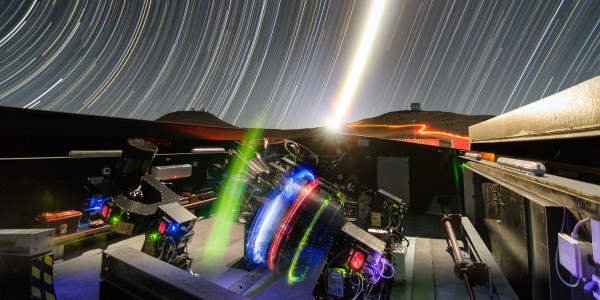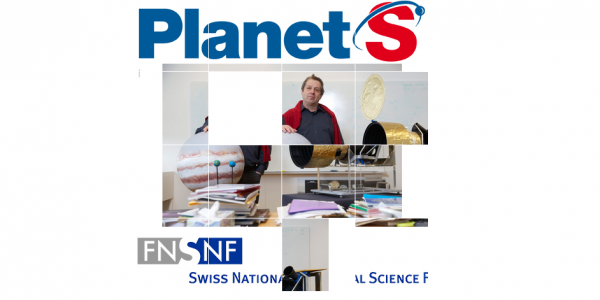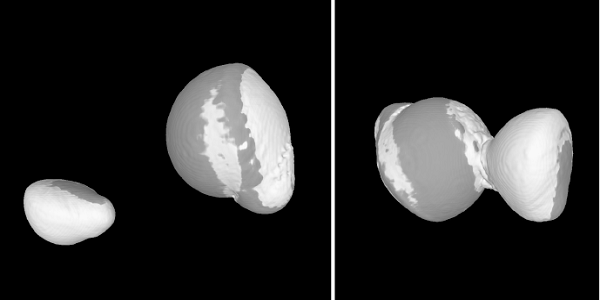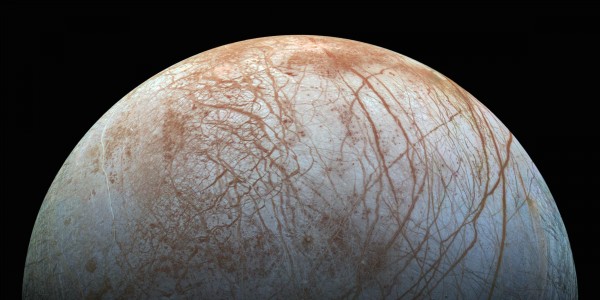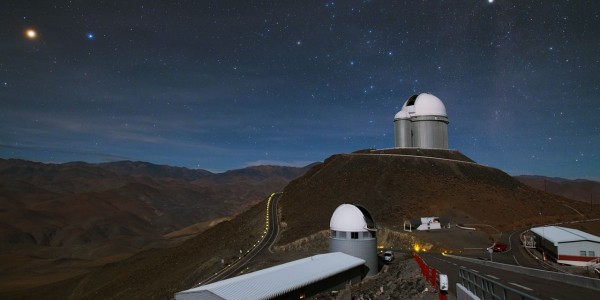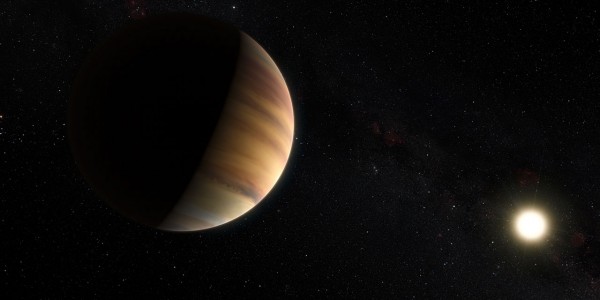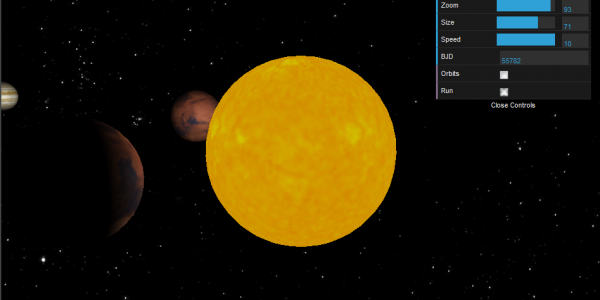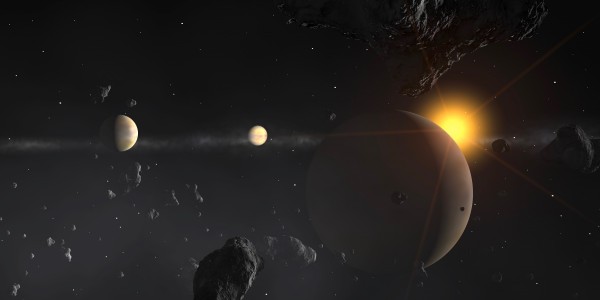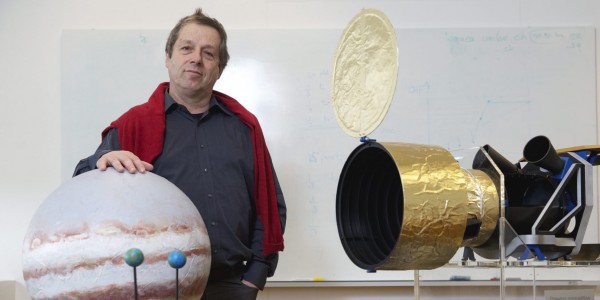News
It rained on the NGTS
The Next Generation Transit Survey (NGTS) witnessed a rare event for a site like Paranal in Chile. The rain fell into the NGTS building and on other telescopes, an incident which showed the flaws of warning systems based on the measurement of moisture. The weather was beautiful that day at Paranal, the VLT site in […]
Continue ReadingNext General Assembly
As a member of PlanetS you are already booked to spend some time in the Bernese Oberland at the end of January 2016. The next General Assembly will take place from January 25th to 27th, 2016 in Grindelwald. «It’s a central location that everybody can reach within reasonable time,» Yann Alibert, science officer of the […]
Continue ReadingPuzzle
To bring order to PlanetS chaos click on one of the image tiles next to the empty field and repeat this process thinking of the consequences. [sp name=’puzzlelogo’]
Continue ReadingHow comets were assembled
Rosetta’s target «Chury» and other comets observed by space missions show common evidence of layered structures and bi-lobed shapes. With 3D computer simulations Martin Jutzi of PlanetS at the University of Bern was able to reconstruct the formation of these features as a result of gentle collisions and mergers. The study has now been published […]
Continue ReadingInvestigating alien oceans
Great honour for Nicolas Thomas from PlanetS at the University of Berne: The scientist was selected as part of the imaging team for NASA’s Europa Clipper mission. The mission will help to answer the question whether there is life in the oceans of Jupiter’s moon, Europa. Europa Clipper is a mission under study by the […]
Continue ReadingBetween heaven and earth
The Arte television channel aired Tuesday, May 26 at 17:45 a 25 minute documentary on the search for exoplanets. We visit with astronomers (as Aurélien Wyttenbach of Geneva observatory) the high places of planetary science as Euler Swiss telescope at La Silla or 3.6m of ESO where HARPS is installed also at La Silla. […]
Continue ReadingThe spectrum of 51peg b 20 years after
51pegb: 20 years after its discovery, astronomers have managed to obtain its spectrum. Remarkable success of an international team of astronomers including members of PlanetS: they got for the first time a spectrum of light reflected from an exoplanet; and not just any one but 51pegb, the first around a sun like star discovered […]
Continue ReadingHD 69830
HD 69830, K0V, mv=5.95 HD 69830 is a planetary system about 41 light-years away, in the northeastern part of the constellation of Puppis (the Poop Deck). The central star is a yellow dwarf, about 7 to 9 billion year old, that is slightly smaller than the Sun (90% of its radius and 86% of its […]
Continue ReadingPlanetary system of the month
In order to show the extraordinary diversity of planetary systems (multiple or single) discovered to date, PlanetS offers once a month to immerse yourself in one of these new worlds. First we offer a simple animation in which you can change certain settings such as the angle of view, the rotation speed or the visual […]
Continue ReadingNCCR PlanetS
Dear Reader, You are looking at the first edition of the e-Newsletter of the National Center for Competence in Research (NCCR) PlanetS. The Swiss National Science Foundation launched PlanetS in June 2014 as a response to an astronomical revolution. The one spawned by the discovery in 1995 of the first planet orbiting another solar-type star […]
Continue Reading
